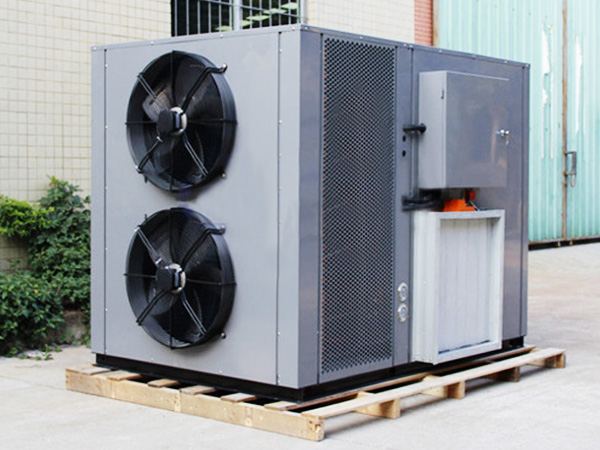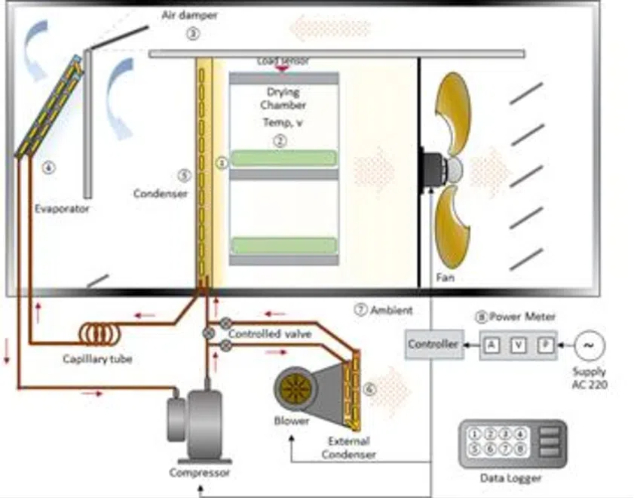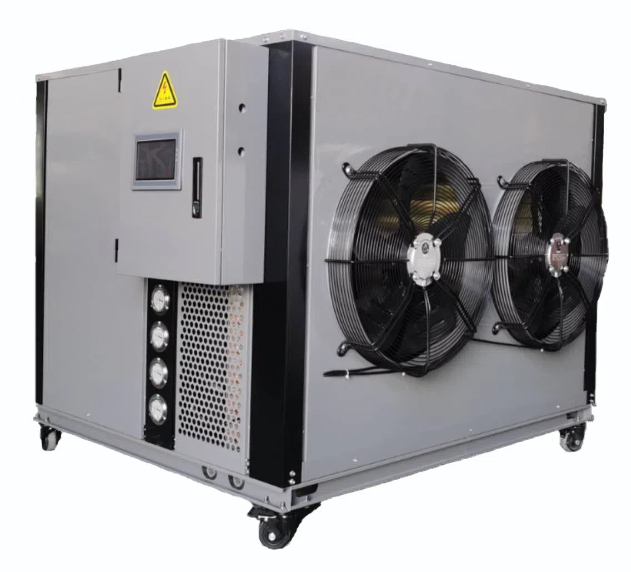
Content Menu
● Understanding Heat Pump Dryer Technology
● How Heat Pump Dryers Work
● Energy Efficiency and Cost Savings
● Environmental Impact
● Installation Flexibility
● Gentle on Clothes
● Maintenance and Care
● Considerations Before Purchase
● Performance and Drying Time
● Smart Features and Technology
● Cost Analysis
● Conclusion
● Frequently Asked Questions
>> Q1: How much can I save on energy bills with a heat pump dryer?
>> Q2: Do heat pump dryers require special installation?
>> Q3: How long do heat pump dryers last?
>> Q4: Are heat pump dryers worth the higher upfront cost?
>> Q5: Do heat pump dryers work in cold climates?
Understanding Heat Pump Dryer Technology
Heat pump dryers represent a significant advancement in laundry technology, offering an innovative approach to drying clothes. Unlike conventional dryers that expel warm air outside, these sophisticated appliances use a closed-loop system that recycles heat throughout the drying process.
How Heat Pump Dryers Work
The operating principle of a heat pump dryer is similar to that of an air conditioner or refrigerator, but in reverse. The system extracts moisture from clothes using warm air, which then passes through an evaporator. This process condenses the moisture, which is collected in a tank or drained away. The air is then reheated and circulated back through the drum, creating an efficient closed loop system.

Energy Efficiency and Cost Savings
One of the most compelling reasons to consider a heat pump dryer is its exceptional energy efficiency. These appliances typically use about 50% less energy than conventional dryers. While the initial purchase price may be higher, the long-term savings on energy bills can make them a worthwhile investment for many households.
Environmental Impact
Heat pump dryers contribute significantly to reducing household carbon footprints. Their energy-efficient operation means lower electricity consumption and reduced greenhouse gas emissions. For environmentally conscious consumers, this technology aligns perfectly with sustainable living goals.
Installation Flexibility
Unlike traditional vented dryers, heat pump models don't require external venting. This feature provides greater flexibility in terms of installation locations within your home. They can be placed in various spaces, including interior rooms, apartments, or areas where venting isn't possible.

Gentle on Clothes
Heat pump dryers operate at lower temperatures compared to conventional dryers, which makes them gentler on fabrics. This characteristic helps preserve clothing quality and extend the lifespan of your garments, potentially saving money on clothing replacement over time.
Maintenance and Care
While heat pump dryers require regular maintenance, their care routine is relatively straightforward. The main tasks include emptying the water container (if not directly plumbed), cleaning the heat exchanger, and maintaining the filters. Regular maintenance ensures optimal performance and longevity.
Considerations Before Purchase
Before investing in a heat pump dryer, consider several factors:
- Available space and installation requirements
- Initial budget versus long-term savings
- Local electricity rates
- Household laundry volume
- Climate conditions in your area
Performance and Drying Time
Heat pump dryers typically have longer drying cycles compared to conventional dryers. However, this longer drying time is offset by the energy savings and gentler treatment of clothes. Modern models are continuously improving, with newer versions offering more efficient drying times.
Smart Features and Technology
Many contemporary heat pump dryers come equipped with smart features such as:
- Mobile app connectivity
- Custom drying programs
- Automatic moisture sensing
- Delayed start options
- Energy consumption monitoring
Cost Analysis
While the upfront cost of a heat pump dryer is higher than traditional models, the long-term savings can be substantial. Consider the following factors when calculating potential savings:
- Reduced energy consumption
- Lower utility bills
- Extended clothing lifespan
- Potential energy rebates or incentives
- Maintenance costs
Conclusion
Heat pump dryers represent a significant investment in sustainable, efficient laundry care. While the initial cost may be higher, the combination of energy savings, gentle fabric care, and environmental benefits makes them an increasingly attractive option for modern households. Consider your specific needs, usage patterns, and long-term goals when deciding if a heat pump dryer is the right choice for your home.

Frequently Asked Questions
Q1: How much can I save on energy bills with a heat pump dryer?
A1: Energy savings typically range from 40-60% compared to conventional dryers, potentially saving hundreds of dollars annually on electricity bills.
Q2: Do heat pump dryers require special installation?
A2: No, they don't require external venting, making installation simpler than traditional dryers. However, they do need proper space for air circulation.
Q3: How long do heat pump dryers last?
A3: With proper maintenance, heat pump dryers can last 10-15 years, comparable to or longer than conventional dryers.
Q4: Are heat pump dryers worth the higher upfront cost?
A4: For households that do frequent laundry and plan to use the dryer for many years, the energy savings typically justify the higher initial investment.
Q5: Do heat pump dryers work in cold climates?
A5: Yes, heat pump dryers work effectively in any climate as they operate using an internal closed-loop system independent of external temperature.












